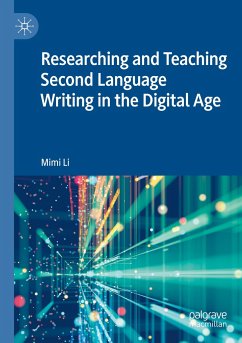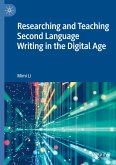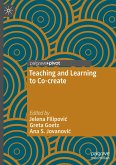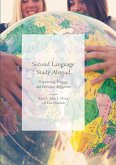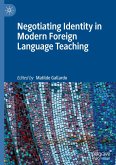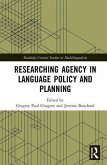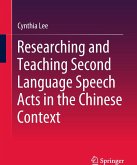This book presents a comprehensive approach to issues related to researching and teaching second language (L2) writing in digital environments. In the digital age, new technologies have revolutionized the ways we communicate and construct knowledge, and have also reshaped the traditional notions of writing and literacy, posing new challenges and opportunities for L2 teachers and students. This book provides up-to-date coverage of the main areas of L2 writing and technology, including digital multimodal composing, computer-mediated collaborative writing, online teacher and peer feedback, automated writing evaluation, and corpus-based writing instruction. It synthesizes the relevant literature, analyzes theoretical perspectives, compiles relevant resources, and offers research and pedagogical recommendations to guide scholars in undertaking new L2 writing research and instructional practice in technologically-supported educational contexts. This book will be of relevance and interestto researchers, language teachers, and graduate students in applied linguistics and education.
Bitte wählen Sie Ihr Anliegen aus.
Rechnungen
Retourenschein anfordern
Bestellstatus
Storno

